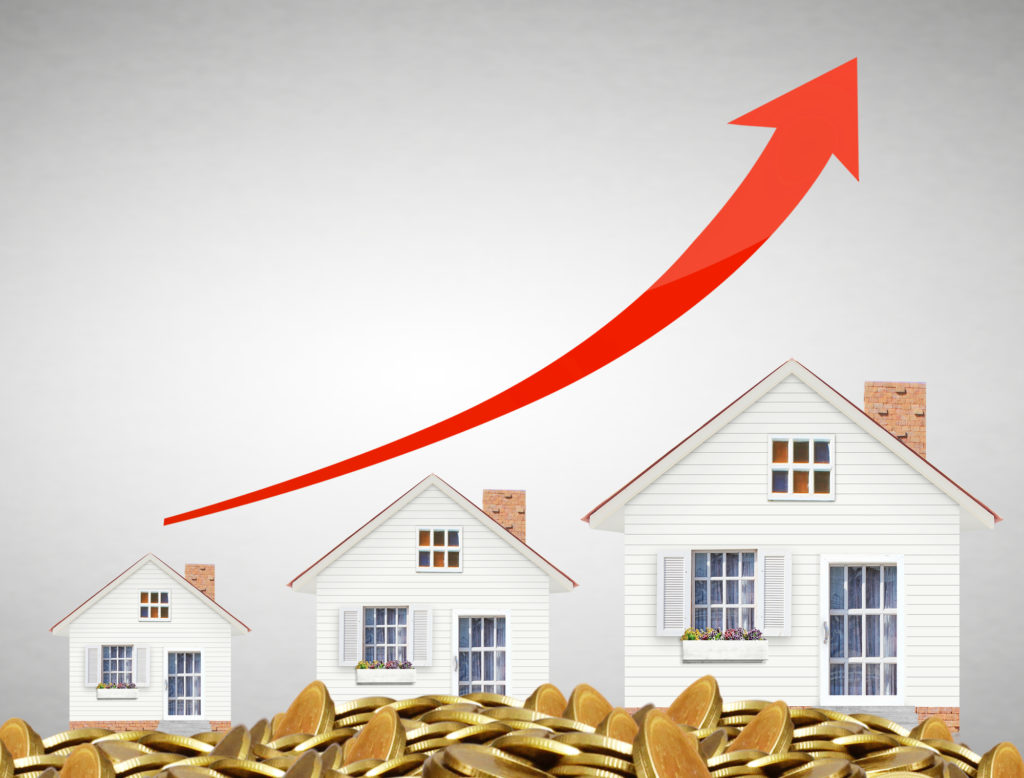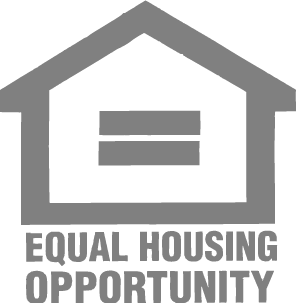What is an investment property? It’s just that, an investment. It’s a location to invest your money in hopes of making more money. Real estate happens to be one of the safest and most profitable locations to invest your money. While it may be both of those things, safe and profitable, it is smart to calculate how much the investment property you choose will return before pulling the plug and purchasing the property. For those of you looking for a rental property in the Austin area, here is a guide on how to calculate the potential return on your investment:
The Cliff Notes Version
There are two numbers most people refer to when evaluating their real estate investment returns: cash flow and equity. Cash flow is simple; it is the cash flow relative to the initial investment. For example, if your property generates $4,000 every year (after expenses) and your initial investment was $60,000, your annual cash-on-cash return is 6.66 percent. Equity, on the other hand, can be more difficult. As the resale value of your property appreciates and your mortgage/expenses decrease, your investment property builds equity. When you combine the two, equity and cash flow, you get your total return, or internal rate of return (IRR). Let’s continue the example from above: say your initial investment was $60,000, your cash flow (after expenses) was $4,000, and your property increased in value by three percent, or $1,800, your IRR is $5,800 for the year or 9.66 percent of your initial investment.
However, a lot more goes into this calculation; especially when evaluating the property over several years. The rent changes, as do the property taxes, insurance, and equity of the property. Let’s dive deeper into the calculations to get you a closer estimate of your internal rate of return (IRR).
Income
How much income is the property expected to generate throughout the year? There are two variables to consider here: vacancies and annual rent increase. As a rule of thumb, assume that your investment property will be vacant 10 percent of the time – to be on the safe side. It could be more or less; but, it is always safe, for the IRR estimate, to assume it will be vacant more often than expected. And historically, rent annually increases at a rate of three to four percent.
Financing Costs (Mortgage)
Chances are, you used a mortgage to purchase the investment property. Most people do. Paying off this mortgage is your first expense. How do you estimate the payments of your mortgage? Determine the following: how much you’re planning to borrow, the interest rate you can obtain, the term of the loan, and whether your loan is “interest only.”
Property Expenses
While your mortgage is your first expense, it isn’t the only. Here are a couple of the other costs you should expect to encounter:
- Property taxes
- Insurance
- Maintenance
- HOA dues
- Property management expenses
- Utilities (if you have to pay them)
As your property increases in value, so too will some of these values. Just like the other estimates above, figure a three to four percent increase in these costs as well.
Equity
As your property increases in value and your mortgage decreases, you build equity (or the amount you profit when it comes time to sell the home). As a general rule of thumb, your property will appreciate three to four percent in value over the year. Of course, this depends on the city and real estate market. Also, keep in mind this value can fluctuate year-over-year.
Taxes
Nothing in this world is free – not even the money you profit on your investment property. When determining your IRR, keep in mind that the cash flow generated by your property is taxable by the government. Deduct the expenses from the rental income, as well as the depreciation of the property itself, and voila, the amount left is your taxable income. Also, when it comes time to sell your property you have to pay the pesky capital gains tax on your profits (the amount you gain on the property). As you keep the property for more time, you will enjoy a more favorable long-term capital gains rate.
Now, we know all of this can be a lot to calculate. To help you out, here is a calculator to make things easier. All you need is a rough estimate of each value. Keep in mind, the calculator will ONLY provide you with an ESTIMATE of your IRR, and is only as accurate as the values provided – do not use it for advice or financial planning.
Do you have any questions about purchasing an investment property in the Austin area? We would be happy to help – give us a call anytime.
Resources:



